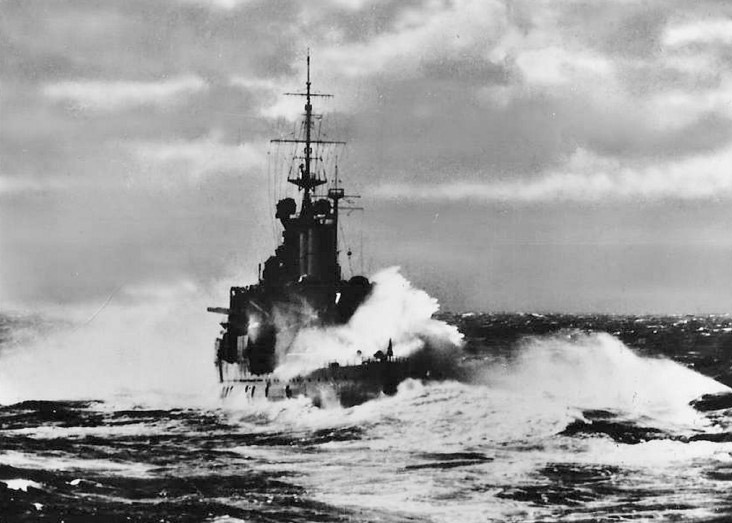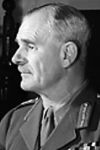South Africans Won the Race to Addis Ababa
The War Illustrated, Volume 4, No. 86, Page 424, April 25, 1941.
With dramatic suddenness, Addis Ababa, Haile Selassie's former capital and since 1936 the capital of the Italian Empire in East Africa, capitulated to the British on April 5. The story of its fall is given below, together with some account of other successes won by our armies in that tropical war zone.
Addis Ababa has fallen! The world heard the news in a communiqué issued from Cairo, but long before it appeared on the tape it was spread by word of mouth through all the towns and villages of Abyssinia. Again the Emperor's war drums throbbed, but now they sounded in triumph.
It was the South Africans who won the race to the capital – those South Africans who, following their triumphs on the Juba and at Mogadishu, swept over the border from Italian Somaliland into Abyssinia on March 7. Exactly four weeks passed; and in those four weeks they covered 700 miles of most difficult country in face of an enemy resistance which, though altogether ineffective, was by no means negligible. The Italians' last stand was at the Awash gorge, 90 miles from Addis Ababa, where they had destroyed the great steel bridge that hung dizzily above the canyon, 200 feet deep. But the South Africans got across the gorge and stormed the Italian positions, though they were strongly defended by artillery and machine-guns. That last 90 miles was covered in two days, and the South Africans never stopped, but hour by hour drew nearer the doomed city, during the Italians helter-skelter before them.
Some days before the end British 'planes dropped messages on the city, pointing out the hopelessness of the Italian position and demanding their surrender; and as a result an envoy from the Viceroy of Italian East Africa, the Duke of Aosta, flew to our lines on April 3, when conditions were presented to him to ensure the safety of the civil population of Addis Ababa in the event of fighting round the city. The Italians hummed and hawed, obviously to gain time for the evacuation of the garrison; and so General Cunningham sent the South African Air Force once more over Addis Ababa. In a few minutes the approaches to the city, transport columns and parks, aeroplane hangars, barracks and gun emplacements were smashed by bombs and swept by machine-gun fire. The argument was a convincing one, and no further resistance was encountered.
At two o'clock on the afternoon of April 5 the South African armoured cars reported their position 20 miles east of Addis Ababa. They pushed on through misty rain and quagmires of red mud until that same evening they swept into the city and marched triumphantly into the main square. The Duke of Aosta, General Nasi, Chief of the General Staff, and General de Simons, Commander of the Eastern Sector, had already left the city, retreating northwards with the great majority of their forces. Only armed police had been left in charge of the city, and they were hard put to it to ensure the safety of the 38,000 Italian women and children who had been left behind, since the native tribesmen rioted as soon as they had seen the Italian garrison march away. But with the entry of the British forces order was quickly restored in accordance with the promise which General Cunningham had given the Italian envoy some hours before.
This gesture on the General's part was received in the proper spirit by the Duke of Aosta, as is seen by the message which was given verbally to General Cunningham by the Italian envoy before the entry of the British troops into Addis Ababa. "His Royal Highness the Duke of Aosta", he said, "wishes to express his appreciation of the initiative taken by General Wavell and General Cunningham regarding the protection of women and children in Addis Ababa, demonstrating the strong bonds of humanity and race still existing between the nations."
At 10.45 on the morning of Sunday, April 6, the Italian flag was hauled down and the Union Jack hoisted on what had been the Viceroy's official residence and not long before the palace of Emperor Haile Selassie.
Meanwhile, in the north General Platt's army, having stormed Keren on March 27, swept along the road to Asmara, which surrendered without a fight on April 1, 5,000 prisoners being taken. Then the march was continued to the gates of Massawa, the port on the Red Sea, which hoisted the white flag on April 8. Adowa, 100 miles south of Asmara, had been captured two days before.
In Western Abyssinia the Imperial troops and their Patriot allies were also making good progress. General Martini was in danger of being surrounded at Gondar; Debra Markos was reported to be in our hands on April 7.
Index
Previous article
How Hitler Struck at Greece and Yugoslavia
Beyond a doubt Hitler hoped, perhaps expected, that Greece and Yugoslavia would succumb to his threats, just as Bulgaria and Rumania had done. But the two countries, small and weak though they are com
Next article
'Her March Is O'er the Mountain Wave'
H.M.S. Renown, flagship of Vice-Admiral Sir James Somerville, in command of the Western Mediterranean Fleet, is here seen ploughing through a heavy sea during one of those recent sweeps of the Medit





